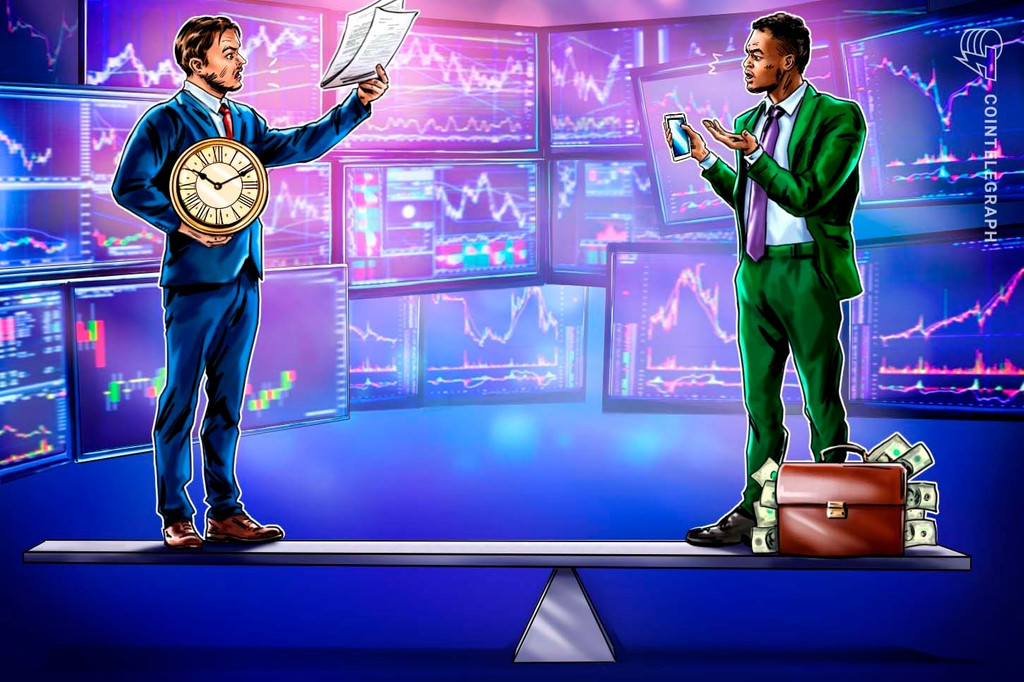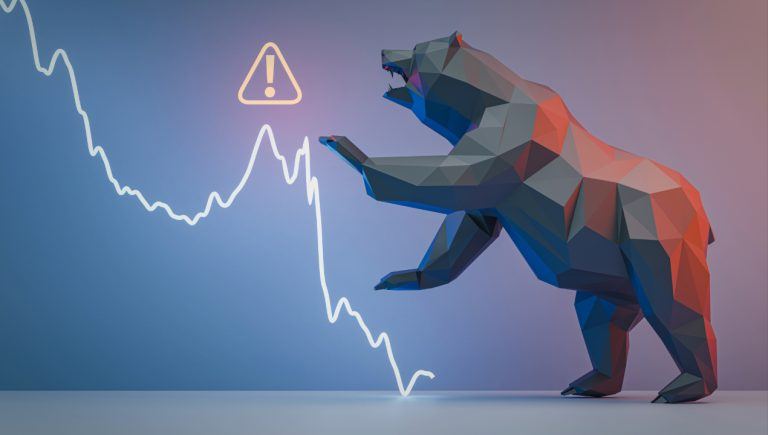Margin trading vs. Futures: What are the differences?
2 min read
Margin trading aims to amplify gains and allows experienced investors to potentially get them quickly. They may bring dramatic losses, too, if the trader doesn’t know how they work.
When trading on margin, crypto investors borrow money from a brokerage firm to trade. They first deposit cash into a margin account that will be used as collateral for the loan, a kind of security deposit.
Then they start paying interest on the borrowed money, which can be paid at the end of the loan or with monthly or weekly installments, based on current market conditions. When the asset is sold, proceeds are used to repay the margin loan first.
The loan is necessary to raise investors’ purchasing power and buy larger amounts of crypto assets, and the assets purchased automatically become the collateral for the margin loan.
The amount an investor is allowed to borrow depends on the price of the asset purchased and the collateral’s value. Still, typically a broker will offer an investor to borrow up to 50% of the purchase price of a cryptocurrency against the amount of collateral in the account.
So, for instance, if an investor wants to buy $1,000 worth of cryptocurrency and put half of that on margin, they’ll need at least $500 worth of collateral to repay the initial loan.
Margin trading leverage
A margin account is typically used for leveraged trading, with the leverage representing the ratio of borrowed funds to the margin. A margin trading example could be to open a $10,000 trade at a leverage of 10:1. In that case, a trader must commit $1,000 of their capital to execute the trade.
These leverage ratios vary depending on the trading platform and the market traded. The stock market, for example, has a typical ratio of 2:1. In contrast, with futures contracts, the ratio rises to 15:1. In crypto margin trading, where rules are not always established like in traditional markets, the leverage ratio could vary from 2:1 to as much as 125:1. The crypto community usually simplifies referring to the ratio as 2x, 5x, 125x, and so forth, which indicates the multiplied amount their investment could accrue to.
Margin trading includes references such as going long or short on trades investors take. When people go long, they refer to an extended position they’ve taken, predicting that the price will go up in value. A short position is based on the assumption that the opposite will happen, and investors have a negative position on the crypto, believing it will drop in price. In that case, the investor will profit if the asset falls.
The benefit of margin trading is to amplify gains, but investors can also lose money. The trader’s assets are the collateral for the loan, and in case their value drops below a fixed threshold, the broker reserves the right to force a sale unless the investor injects more funds as collateral to achieve the minimum requirements for margin trading.





